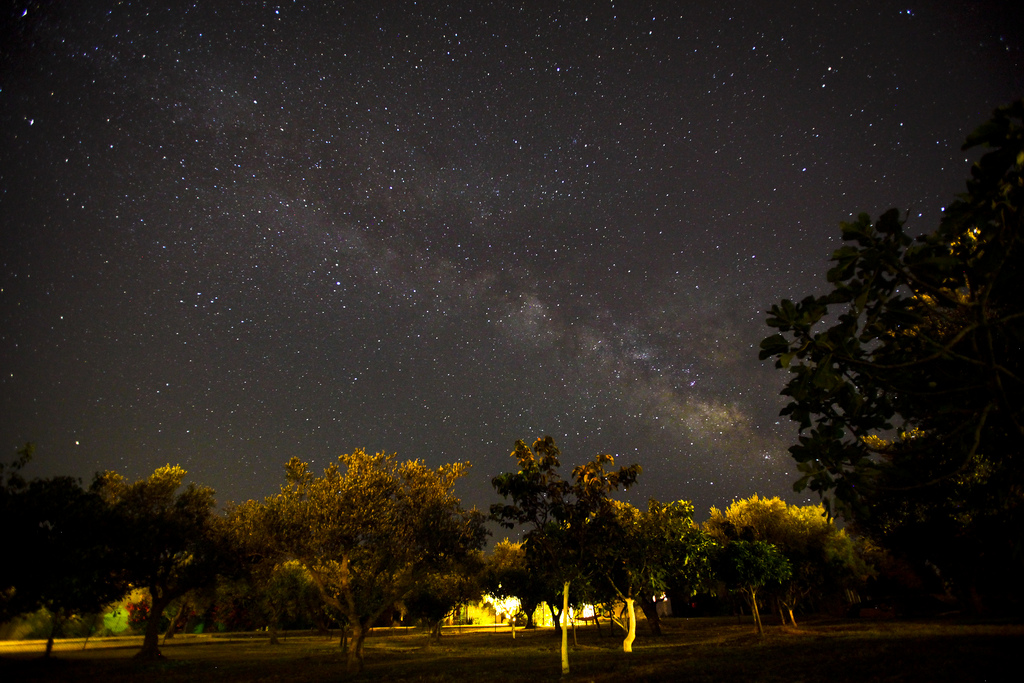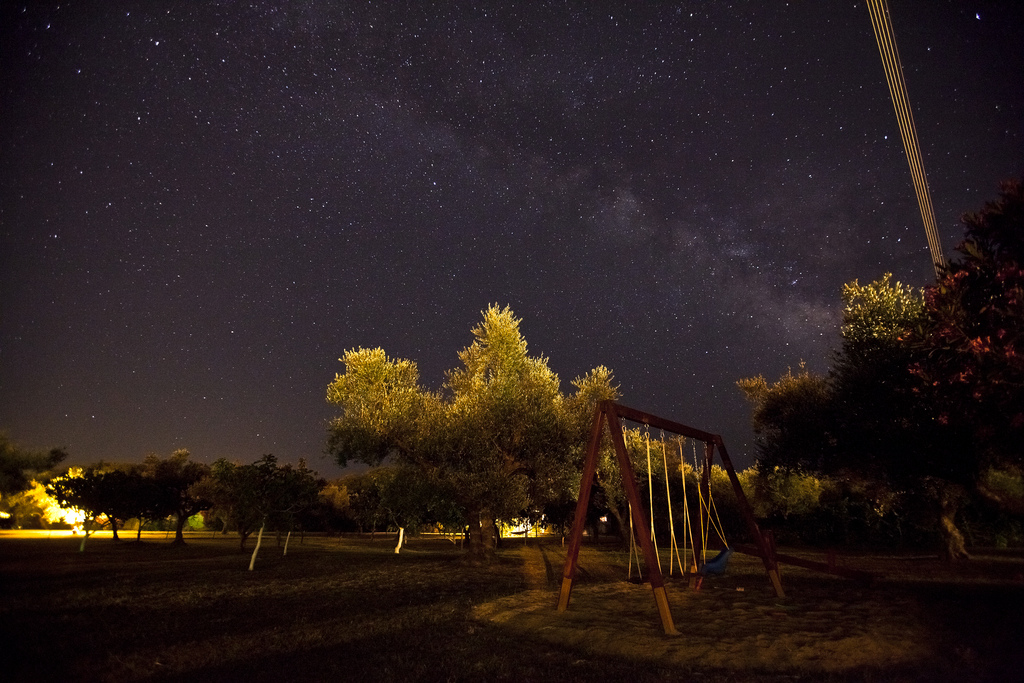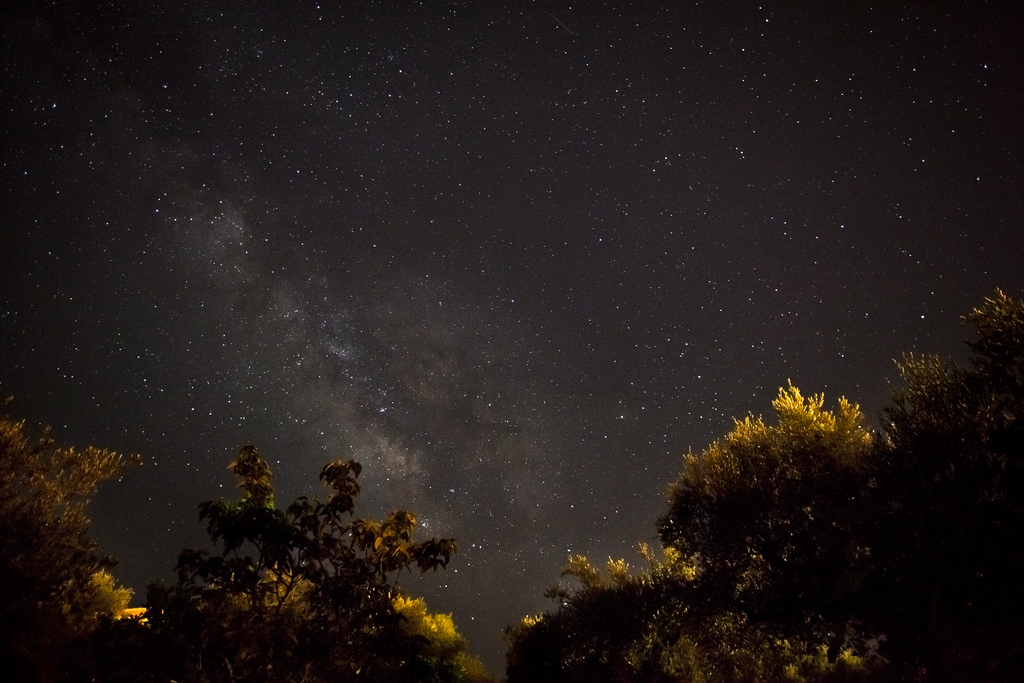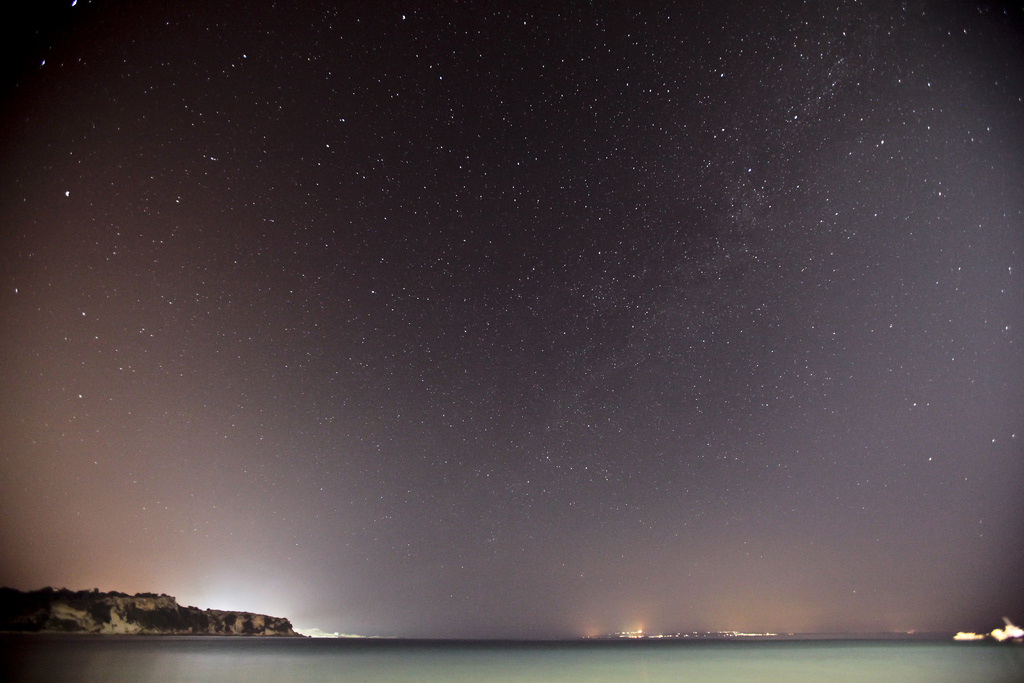Over the last couple of evenings Stargazing Live on the BBC has shown some truly breath taking photos captured by amateur astrophotographers from the UK. I gave it a go a short while on holiday in Greece and after watching the programme thought now’s the time to edit through them.
Unlike any sensible person I did not do any research on photographing the stars before taking these photos. I really wish I did, though I guess making the mistakes yourself means you defiantly wont make them again.
The images were captured on a Canon 5d MrkII through a Canon 16-35mm 2.8L lens. The ISO was set at 3200 which when looking back may have been too sensitive. I stopped down the exposure in post so perhaps I should have gone no higher than ISO 1600 or even lower. This would have reduced the noise in my images, which I have removed, but at a slight compromise to image quality. The Shutter was set between 10secs and 20secs. Any slower and stars would start to trail across the photo, a great effect one I have yet to try. Of course you need a sturdy tripod. I prefer using a geared head but any 3way tilt pan head would be great. I’d avoid using ball heads as they can be frustratingly hard to move accurately especially with a heavy camera.
In post I pushed the highlights to give the stars a little kick and reduced the exposure by around half a stop.
All you need to do is head to a location with the least light pollution and get as high up as possible. Then point your camera up and click away.
You’ll be surprised at what the camera can see.
Hope this helps.




